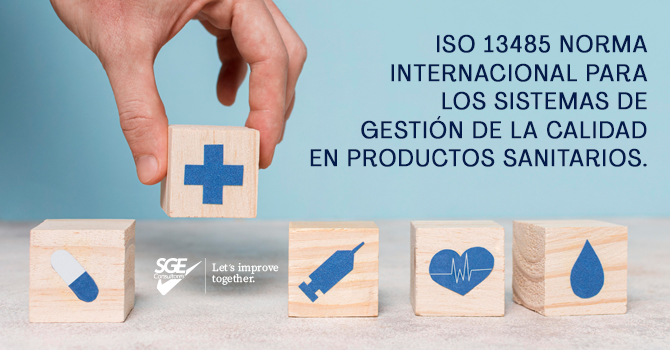
Medical devices are defined as those instruments, devices, equipment, materials or other articles that are used for the diagnosis, treatment, monitoring, control, relief or prevention of diseases or injuries in human beings. One characteristic of medical devices is that they do not interfere with the body's chemistry.
One way to ensure quality and minimize the risks that can be found in medical devices is the implementation of the 13485 standard, which standardizes the procedures for the processes involved in the management of these products. These types of risks are:
Risk I. Low. They are those that do not come into direct contact with the patient's body, are inserted through the mouth or nose or are for temporary use, as in the case of crutches, walkers, canes.
Risk II. Important. They are those that are introduced into the human body through a body orifice or by surgical means but that are not intended to remain in it, they include disinfectants of non-invasive products, such as: needles, surgical gloves.
Risk III. High risk. They are those that come into direct contact and are absorbed by the body or have animal derivatives. Examples of these are: prostheses, absorbable sutures, catheters.
However, it is necessary to evaluate compliance with the requirements of the standard through audit techniques in which effective principles and methods are ensured.
Through the Internal Auditor course in the international standard 13485 Quality Management System for Medical Devices, to be held on June 16, 17, 20, 21, 22 and 23, you will develop the appropriate techniques to audit the sections of this international standard.
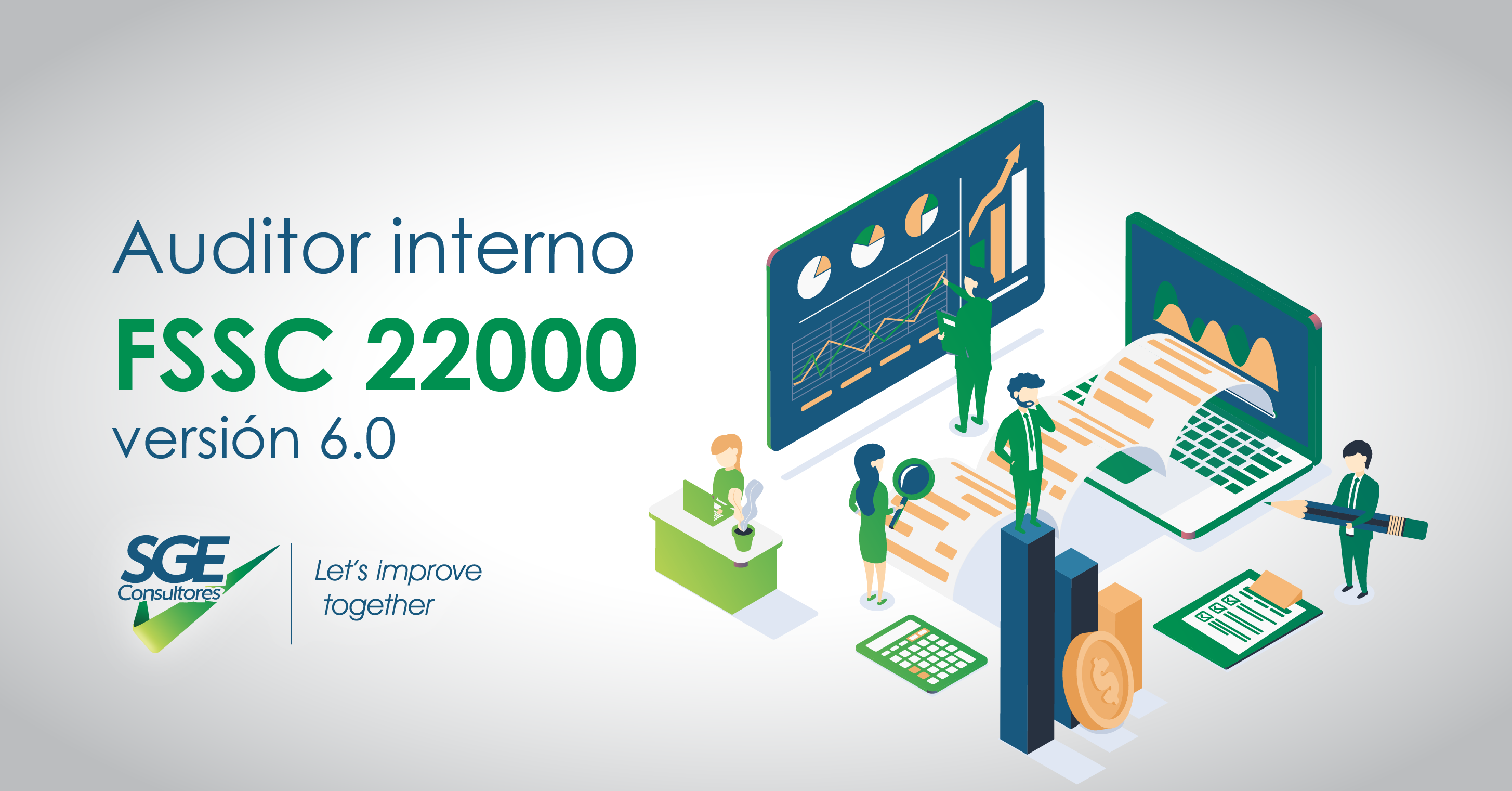
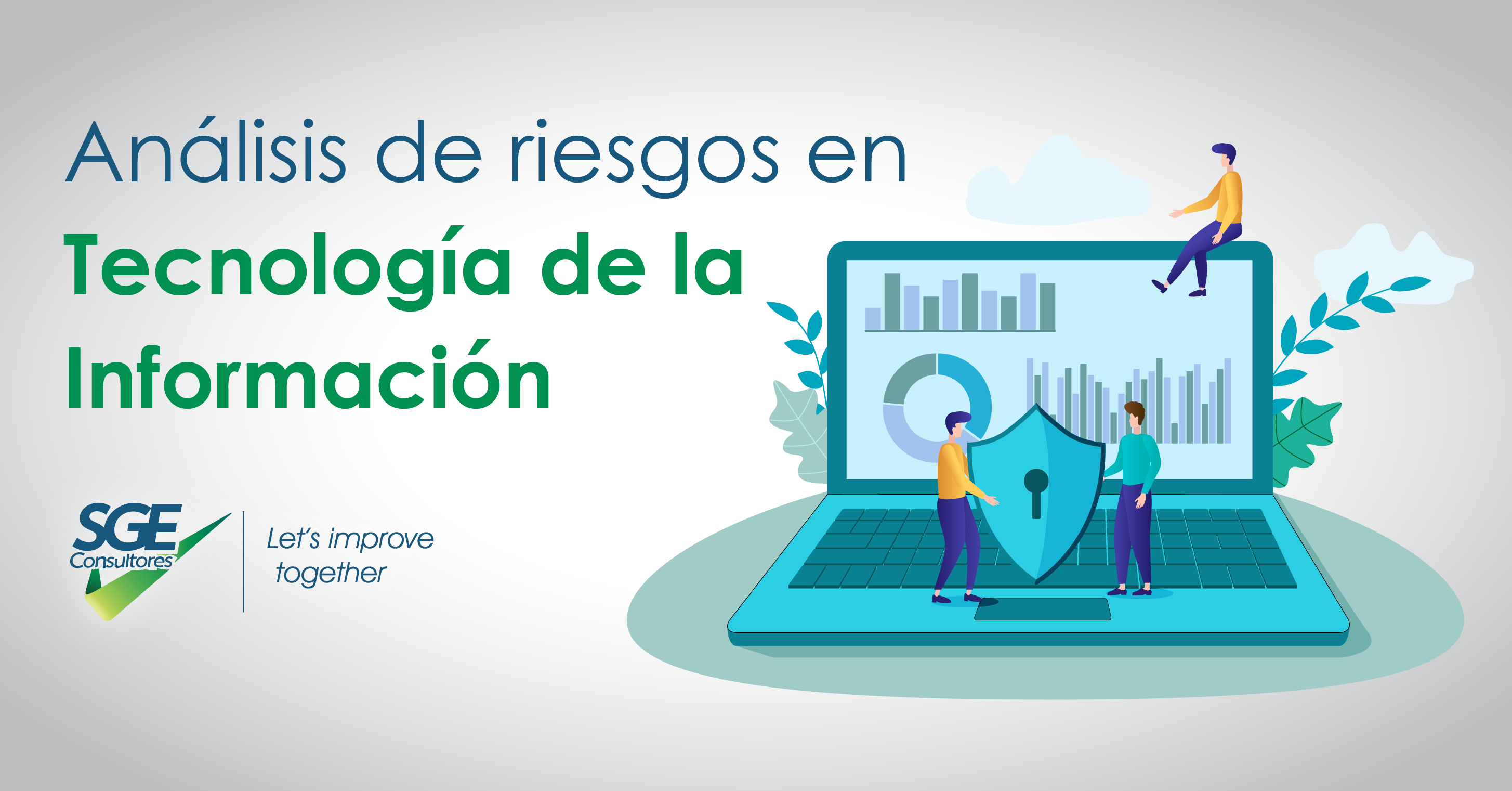
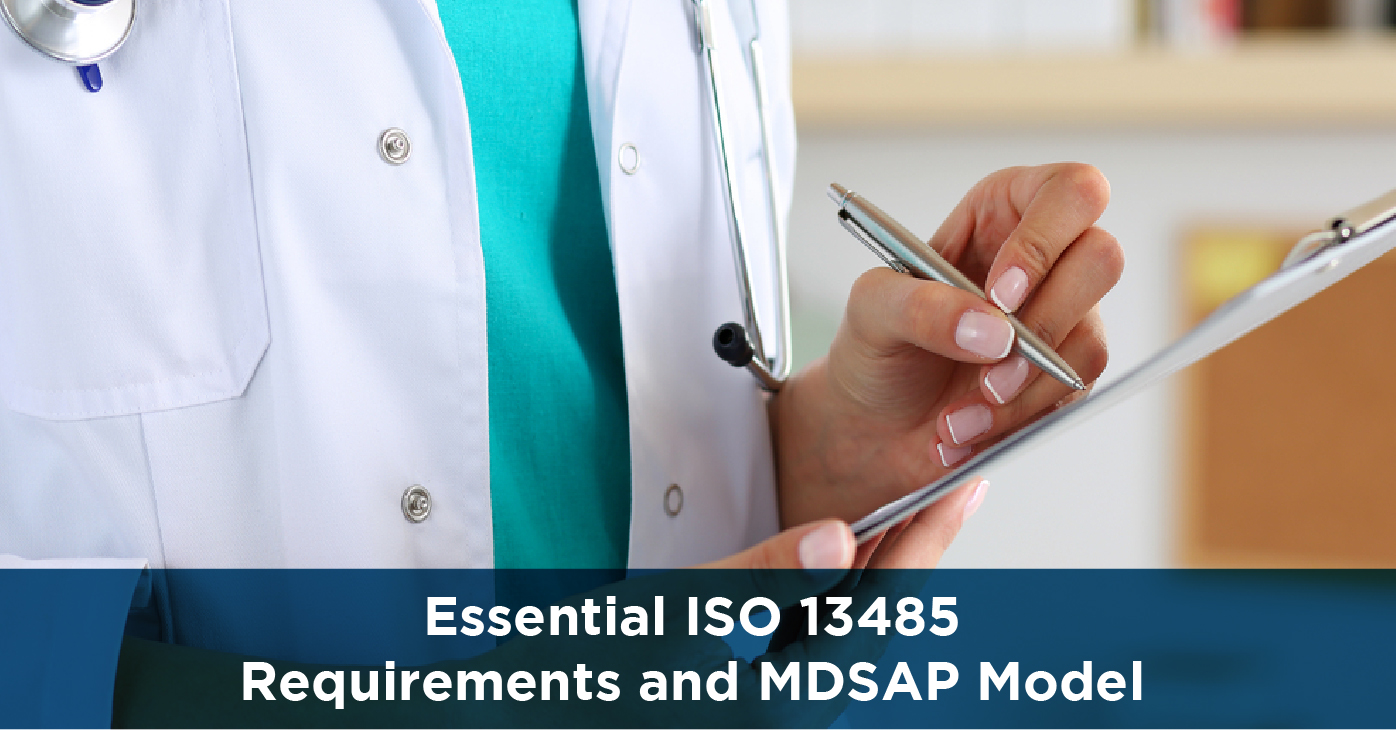
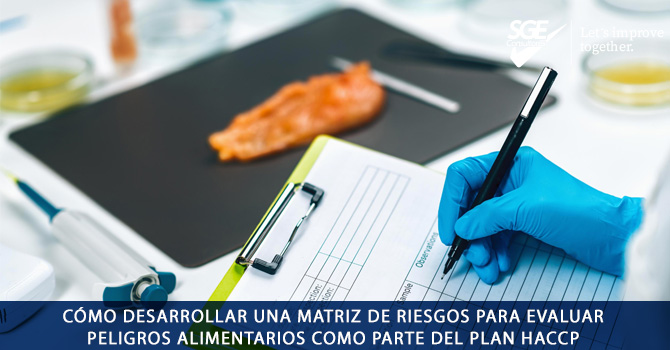

0 comments